Hãy nhập câu hỏi của bạn vào đây, nếu là tài khoản VIP, bạn sẽ được ưu tiên trả lời.

1. Which animal has legs and swims very well? – A crocodile.
(Con vật nào có chân và bơi rất giỏi? - Cá sấu.)
2. Which animl drinks a lot of water everyday? – An elephant.
(Con vật nào uống nhiều nước hàng ngày? - Con voi.)
3. Which animal sees from long distance very well? – An eagle.
(Con vật nào nhìn từ xa rất rõ? - Đại bàng.)
4. Which animal can’t fly but runs very fast? – An ostrich.
(Con vật nào không biết bay nhưng chạy rất nhanh? - Đà điểu.)
5. Which animal jumps very far? - A kangaroo.
(Con vật nào nhảy rất xa? - Kangaroo.)
6. Which animal survives well in hot weather? – A scorpion.
(Con vật nào sống sót tốt trong thời tiết nắng nóng? - Bọ cạp.)
7. Which animal can kill people? – A tiger.
(Con vật nào có thể giết người? - Con hổ.)
8. Which animal doesn’t have legs but can climb well? – A snake.
(Con vật nào không có chân nhưng có thể leo trèo giỏi? - Con rắn.)
9. Which animal can’t grow bigger than a human hand? – A fish.
(Con vật nào không thể lớn hơn bàn tay con người? - Một con cá.)
10. Which animal can’t move fast? – A turtle.
(Động vật nào không thể di chuyển nhanh? - Con rùa.)
11. Which animal runs faster than a motorbike? – A leopard.
(Con vật nào chạy nhanh hơn xe máy? - Con báo.)
12. Which animal hears well in water? – A whale.
(Con vật nào nghe tốt trong nước? - Cá voi.)

RULES (Quy tắc)
1. We use much with uncountable nouns.
(Chúng ta dùng much với danh từ không đếm được.)
2. We use many with countable nouns.
(Chúng ta dùng many với danh từ đếm được.)
3. We often use any, much and many in questions and negative sentences.
(Chúng ta thường dùng any, much và many trong câu hỏi và câu phủ định.)
4. We use some, any and a lot of with countable and uncountable nouns.
(Chúng ta thường dùng some, any và a lot of với danh từ đếm được và danh từ không đếm được.)

1: There isn’t a school, but there’s a library.
2: Yes. There are five swimming pools.
3: There are twenty cafes and restaurants.
-There isn’t a school, but there’s a library.
- Yes. There are five swimming pools.
-There are twenty cafes and restaurants.

1: pratises
2: is relaxing
3: plays
4: is playing
5: is chatting
6: speaks
- Charlotte is a music student. She practises every day, but at the moment she is relaxing.
(Charlotte là một sinh viên âm nhạc. Cô ấy tập luyện mỗi ngày, nhưng hiện tại cô ấy đang thư giãn.)
- Pat is a footballer. He plays football five days a week, but today he is playing basketball now.
(Pat là một cầu thủ bóng đá. Anh ấy chơi bóng đá năm ngày một tuần, nhưng hôm nay anh ấy đang chơi bóng rổ.)
- Melanie is chatting in Spanish with a tourist now, but she usually speaks English.
(Melanie đang trò chuyện bằng tiếng Tây Ban Nha với một khách du lịch, nhưng cô ấy thường nói tiếng Anh.)

Jenny: Excuse me, Alex. Do you live in a house?
(Xin lỗi, Alex. Bạn sống trong một ngôi nhà à?)
Alex: (1) No, I don't. I live in an apartment.
(Không, tôi không. Tôi sống trong một căn hộ.)
Jenny: Does your apartment have a gym?
(Căn hộ của bạn có phòng tập thể hình không?)
Alex: (2) Yes, it does.
(Có.)
Jenny: Does your apartment have a pool?
(Căn hộ của bạn có hồ bơi không?)
Alex: (3) No, it doesn’t.
(Không.)
Jenny: Does your apartment have a yard?
(Căn hộ của bạn có sân không?)
Alex: (4) No, it doesn’t.
(Không.)
Jenny: Does your apartment have a balcony?
(Căn hộ của bạn có ban công không?)
Alex: (5) Yes, it does.
(Có.)

2.Yes, we should so we don’t get thirsty.
3.Yes, we should so we don’t get cold.
4.Yes, we should so we have something to read.
5.Yes, we should so we don’t get hungry.
6.Yes, we should so we can buy present.
Jan: Should we bring a tent?
(Chúng ta có nên mang theo lều không?)
Tim: (1) Yes,We should so we have somewhere to sleep.
(Vâng, chúng ta nên có chỗ nào đó để ngủ.)
Jan: Should we bring a bottled water?
(Chúng ta có nên mang theo nước đóng chai không?)
Tim: (2) Yes, we should so we don’t get thirsty.
(Vâng, chúng ta nên để chúng ta không khát.)
Jan: Should we bring jackets?
(Chúng ta có nên mang theo áo khoác không?)
Tim: (3) Yes, we should so we don’t get cold.
(Vâng, chúng ta nên để không bị lạnh.)
Jan: Should we bring a comic book?
(Chúng ta có nên mang theo một cuốn truyện tranh không?)
Tim: (4) Yes, we should so we have something to read.
(Vâng, chúng ta nên có một cái gì đó để đọc.)
Jan: Should we bring food?
(Chúng ta có nên mang theo đồ ăn không?)
Tim: (5) Yes, we should so we don’t get hungry.
(Vâng, chúng ta nên để chúng ta không bị đói.)
Jan: Should we bring money?
(Chúng ta có nên mang theo tiền không?)
Tim: (6) Yes, we should so we can buy present.
(Vâng, chúng ta nên mua quà.)

1. Is he/she learning English? Yes, he / she is.
Are they learning English? Yes, they are.
(Cô ấy/ Anh ấy/ Họ đang học ngôn ngữ à? – Đúng vậy.)
2. What is he/she doing now? He's / She's watching TV.
What are they doing now? They're watching TV.
(Cô ấy/ Anh ấy/ Họ đang làm gì? – Cô ấy/ Anh ấy/ Họ đang xem tivi.)
3. Is he/she learning the same language? No, he/she isn't.
Are they learning the same language? No, they aren't.
(Cô ấy/ Anh ấy/ Họ có học cùng một ngôn ngữ không? – Có.)
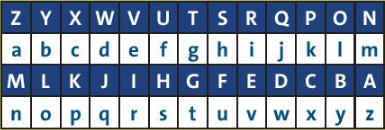
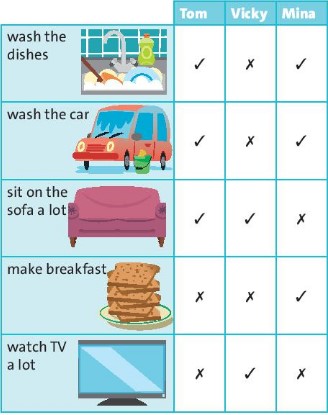

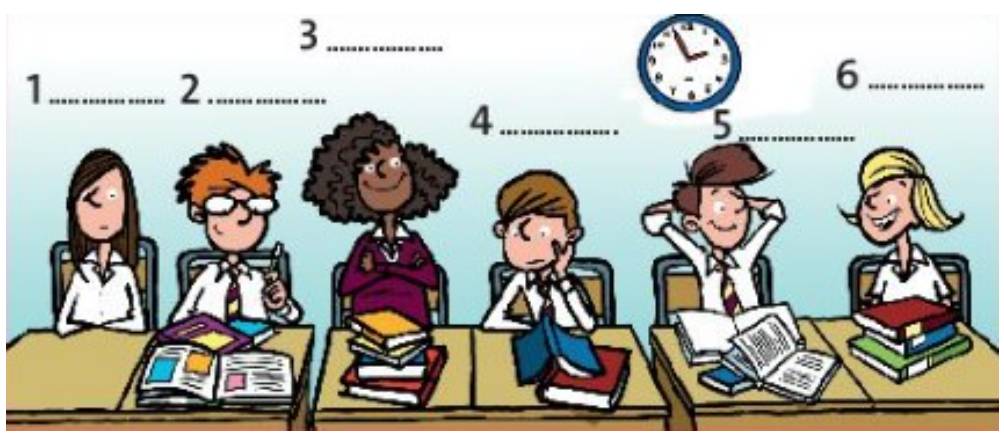

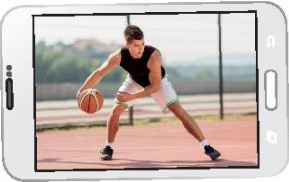
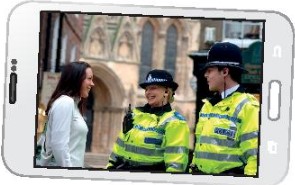
1.I get up at six
2.I sometimes go to school on foot
3.My mum doesn't watch TV
4.We relax after dinner